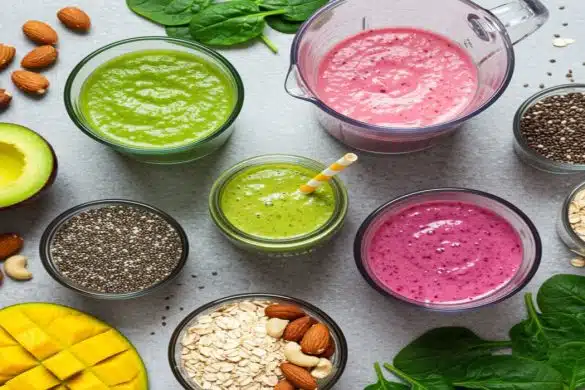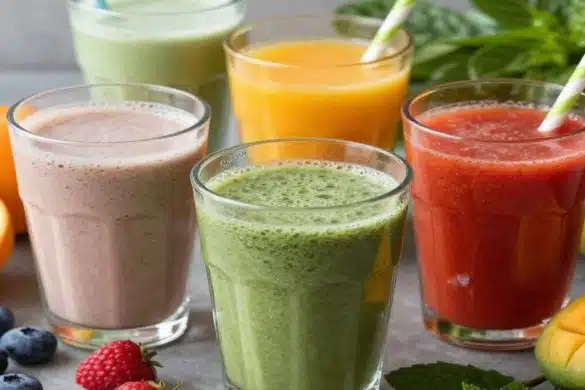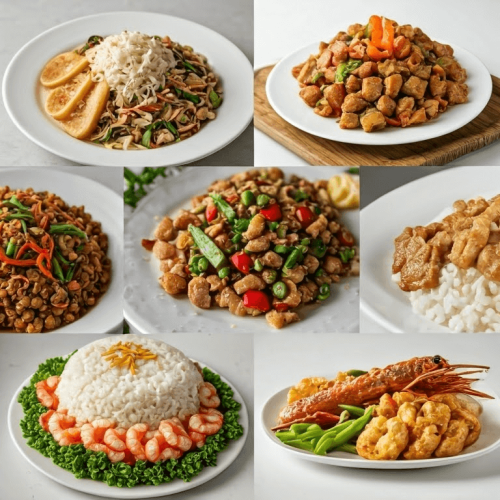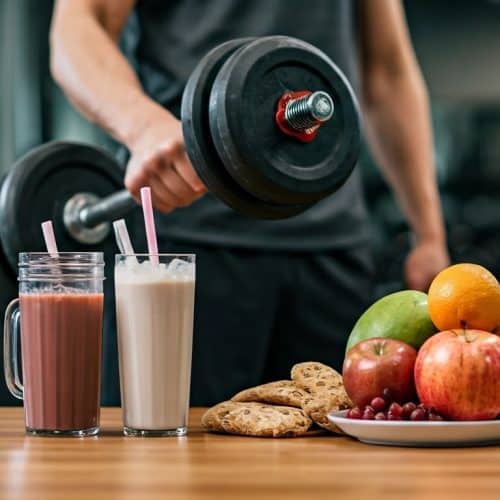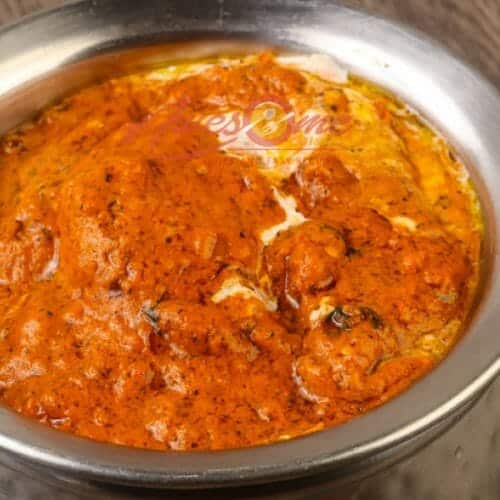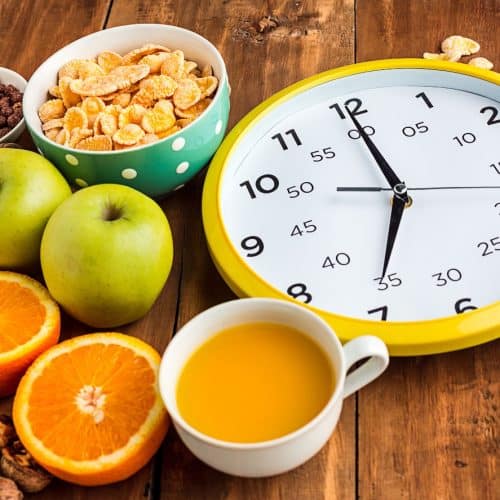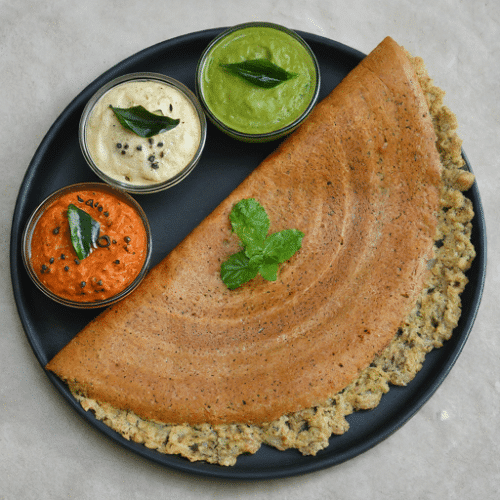Summer vacations mean outdoor fun, playtime, and hungry kids. Your kid might not be up for a full-fledged meal, but does that mean they have to starve? Not on our watch! Keep your children energized with nutritious snacks from our guide featuring fun and healthy recipes created by registered dietitians. Transform snack time into a nourishing experience for your children.
7 Fun and Healthy Summer Snacks for Kids You Need To Try
Summertime calls for nutritious snacks to keep kids energized during their summer fun. Stock up on a variety of recipes and snacks with fruits, whole grains, lean protein, and good fats to promote healthy eating habits. Try these easy, delicious summer snack ideas to keep your family satisfied and healthy.
1. Yogurt
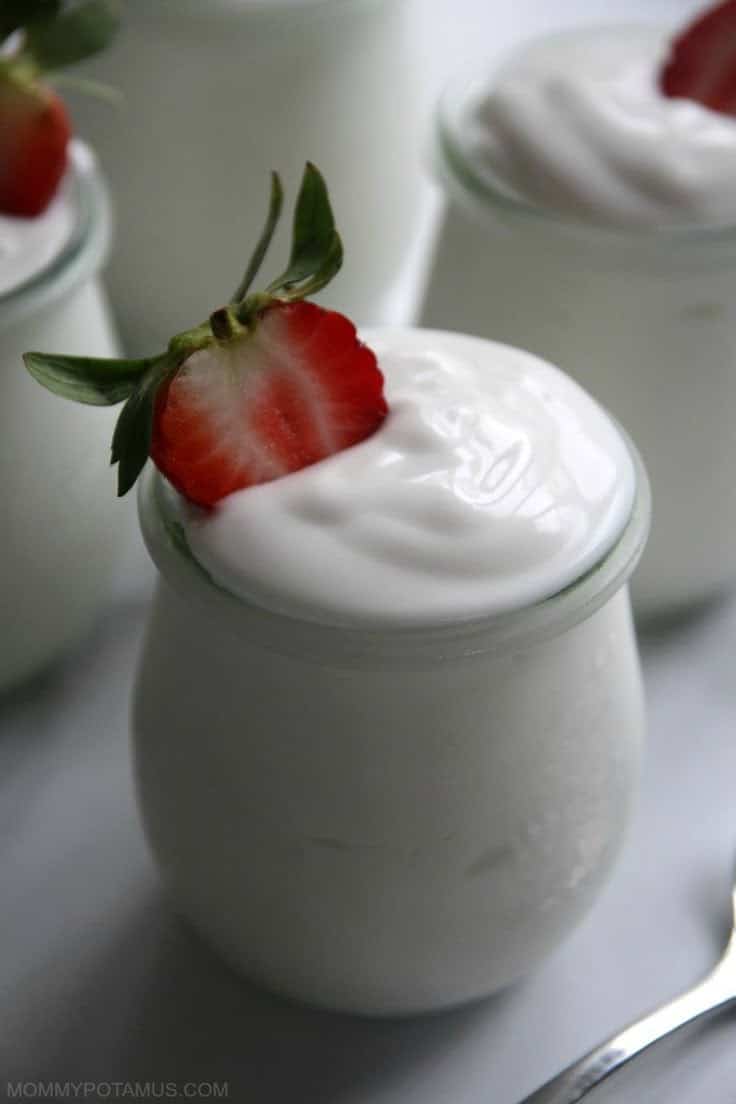
Yogurt
Yogurt is an excellent, protein-dense summer snack with more to offer than just its creamy deliciousness. It is an exceptional source of Calcium, critical for kids’ growing bones. Moreover, some yoghurts are fortified with probiotics that promote a healthy gut. Get creative with this versatile ingredient; yoghurt pairs well with a whole host of flavours:
- Opt for full-fat, unsweetened yoghurt to avoid unnecessary sweeteners and enhance the nutrient content.
- Add slices of fresh seasonal fruit or a drizzle of honey for a natural, fruity twist.
- Turn yoghurt into finger food by mixing it with granola and freezing it into bite-sized popsicles.
- Consider blending it with fruits to make a refreshing smoothie packed with vitamins and Calcium.
2. Popcorn
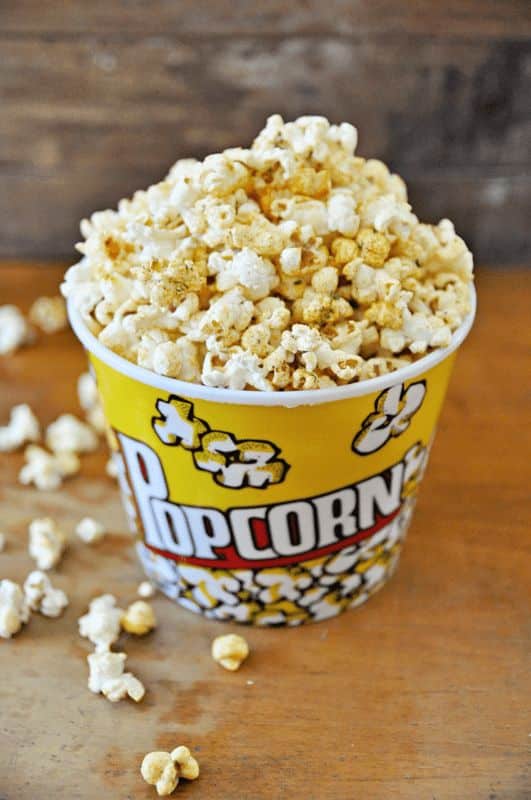
Popcorn
While it is easy to misconstrue popcorn as junk food, it is, in fact, a nutrient-filled whole grain that can be transformed into a delightful snack. When prepared without unhealthy toppings, it offers fibre and antioxidants, making it an excellent munch for kids. Here are some ways to dish out this low-calorie snack:
| Air-popped Popcorn with Drizzles | Popcorn with Cheese Grating |
| Air-pop the kernels and lightly coat them with heart-healthy olive oil. | Sprinkle freshly grated Parmesan cheese on air-popped popcorn. This adds a layer of flavour along with an extra dose of protein and Calcium. |
Remember, popcorn could be a choking hazard for younger children, so tread cautiously.
3. Celery with Peanut Butter and Raisins
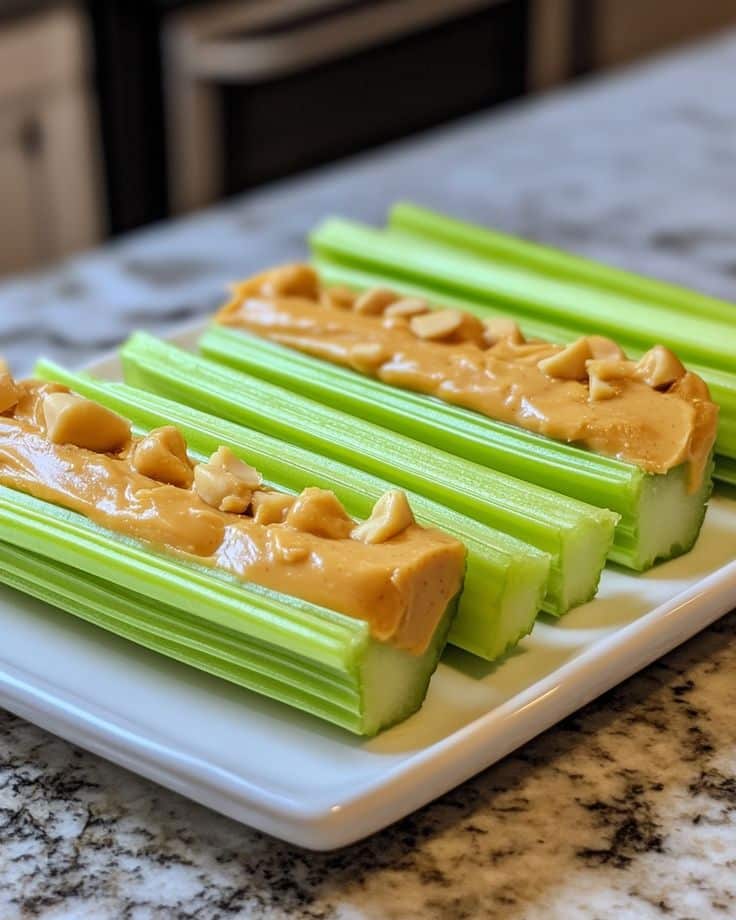
Celery with Peanut Butter and Raisins
One quirky and nutritiously balanced snack that is an actual hit with the young ones is ‘Ants on a Log’. These bite-sized goodies come packed full of dietary fibres, proteins, and healthy fats and often include chia seeds for added nutritional benefits.
- Cut a stalk of celery into three or four pieces and smear them with a generous helping of peanut butter.
- Arrange a few raisins (the ‘ants’) atop the peanut butter. Opt for naturally sun-dried raisins for added fibre and sweetness.
- Ensure you use peanut butter without added sugars or vegetable oils to keep this snack truly nutritious.
- Up the fun factor by letting your kids prepare their own ‘log, ‘ allowing them to take pleasure in creating and consuming their snacks.
4. Oatmeal
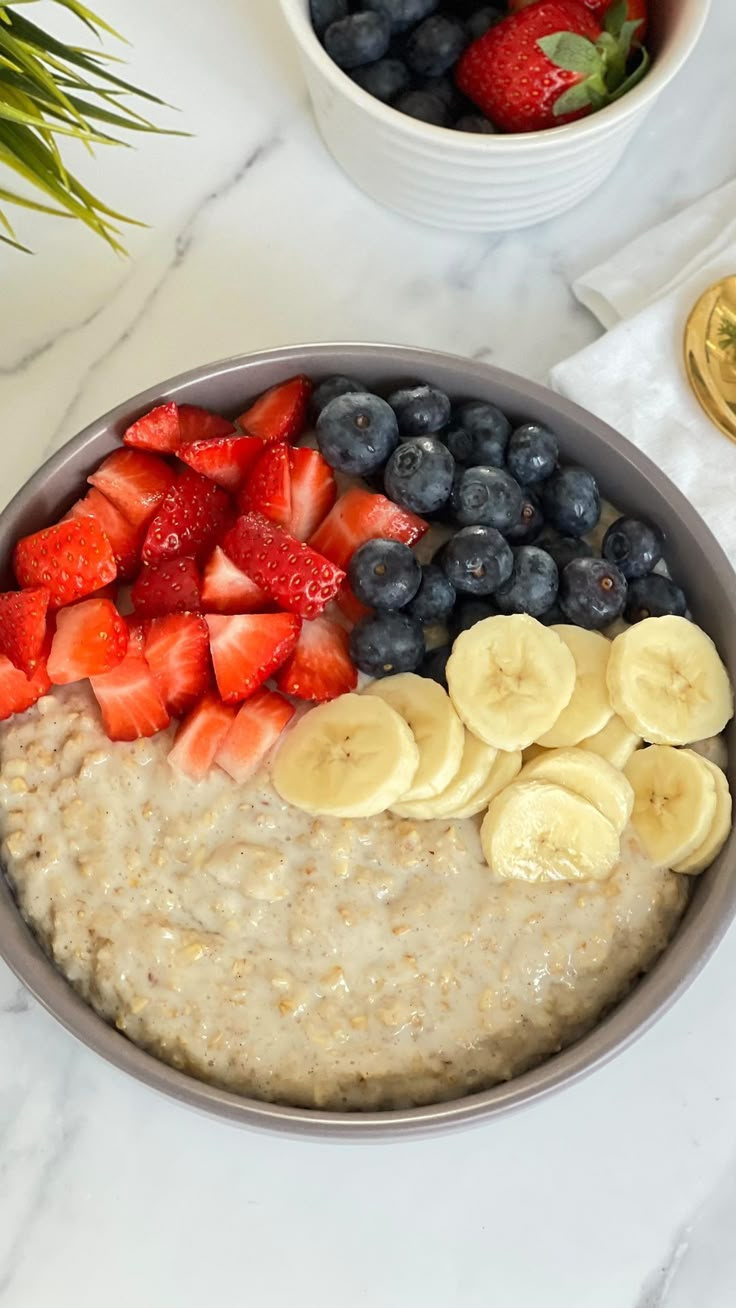
Oatmeal
Wholesome oatmeal isn’t restricted to breakfast alone; it can transition to make a fantastic snack. Brimming with soluble fibres, oats promote gut health, contributing to your child’s overall well-being.
| Cinnamon Apple Oatmeal | Oatmeal with Milk |
| Skip the sugar-packed flavoured packs of oats and sprinkle a dusting of cinnamon on your oatmeal with diced apples added for a hint of natural sweetness. | Making your oatmeal with milk instead of water adds a punch of protein and calcium, transforming it into a super snack. |
Setting the tone for experimenting, let your child pick their favourite toppings, which will lead to various versions of this nutritious snack.
5. Cottage Cheese
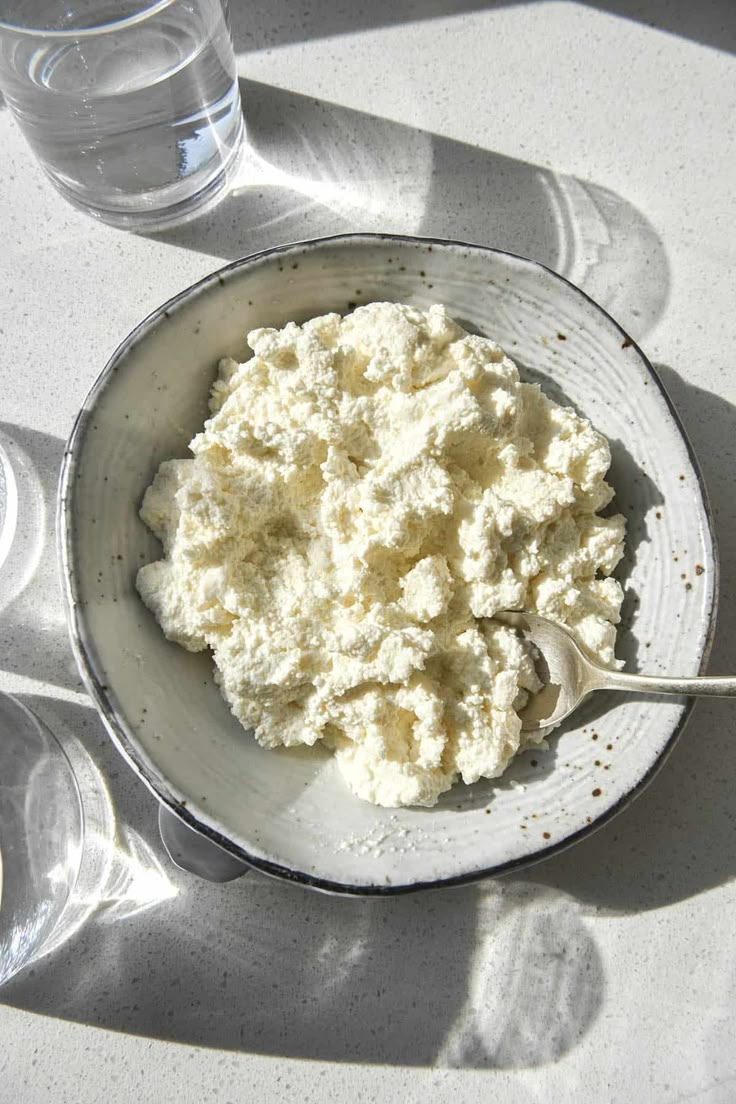
Cottage Cheese
As a powerhouse of protein, Cottage Cheese is a worthy inclusion in your little one’s snack list. Its creaminess is well-paired with its impressive nutrient profile, as it boasts of Selenium, B12 vitamins, and Calcium.
- Perfect for all ages, serve it plain or top it up with fresh or dried fruits, depending on your child’s palate.
- You also can use it as a creamy spread on whole-wheat toasts for an easy yet fulfilling snack.
- Pair it up with some honey for added sweetness, making an unbeatable combination of high-quality protein and natural sugar.
- It also fits seamlessly in multi-component snacks. Consider adding a scoop of cottage cheese alongside some finger foods, crackers, or sliced fruits.
6. Nuts
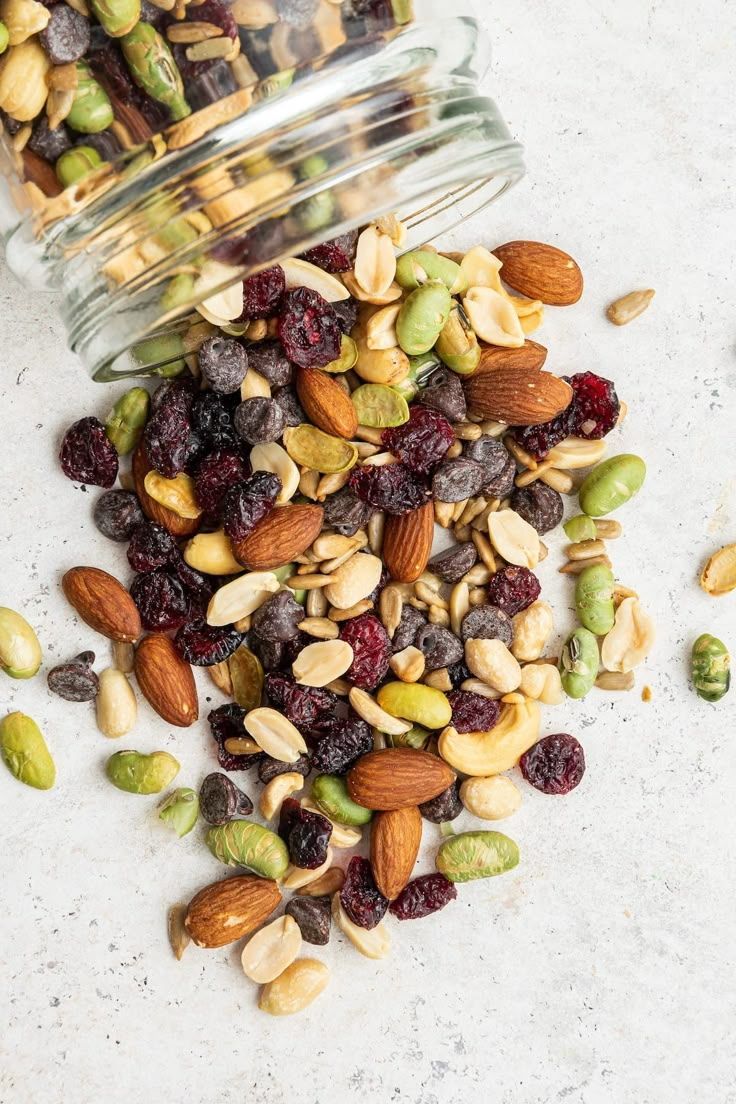
Nuts
Nuts and nut butter make for quintessential snack-time heroes, stowing an array of necessary nutrients such as healthy fats, fibre, and powerful antioxidants. They provide dietary fats vital for growth and are accused of boosting brain development in children.
| Almonds | Walnuts |
| Bursting with healthy fats, proteins, vitamin C, Vitamin E, and Magnesium, Almonds make for a satiating crunchy snack. | Rich in an Omega-3 fat that’s prevalent in brain matter, walnuts make a brain-boosting munch. |
Remember, though, that nuts present choking hazards for younger children. Ensure they are ready for the texture before introducing them as snacks, and always serve them in child-appropriate portions.
7. Fruit Smoothie
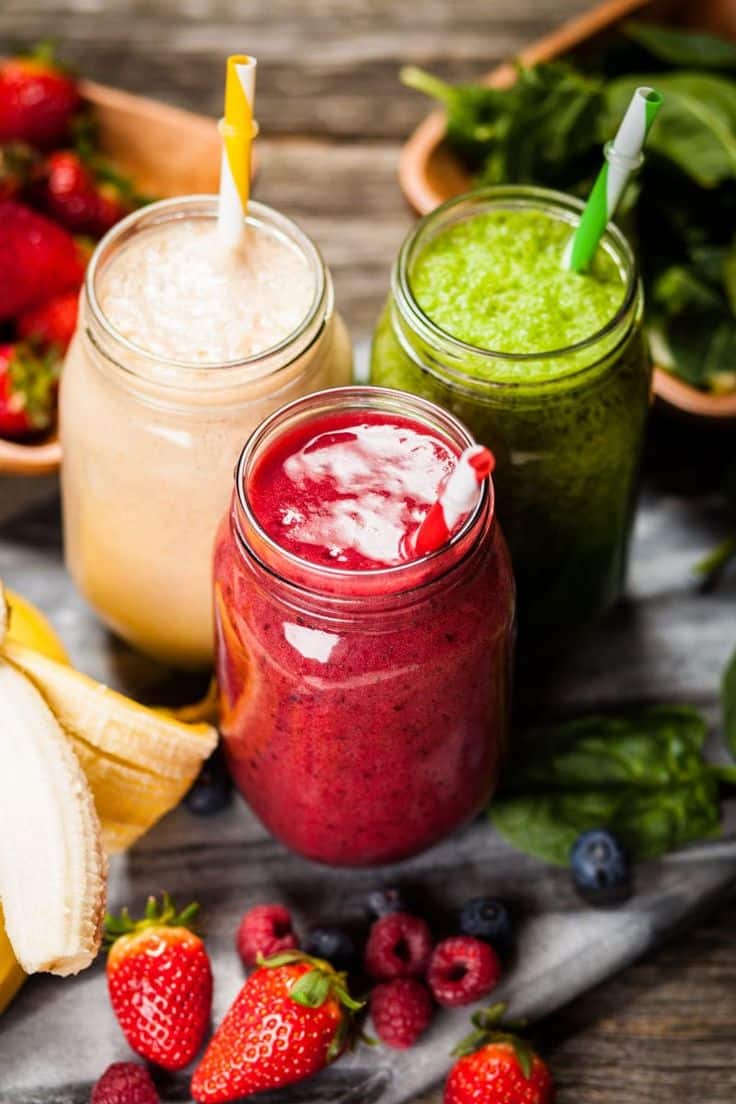
Fruit Smoothie
One can’t emphasize enough the beautiful role of fruit smoothies in a healthier summer snack regimen. Easy to craft and delightfully refreshing, they are big on flavour and nutritional value.
- Play around with different combinations of fruits and even sneak in some greens; the sweet fruit flavour will mask the veggies, and your kids won’t know!
- Avoid using fruit juice due to its high sugar content; stick to whole, fresh ingredients for your base.
- Smoothies score additional health points when you throw in yoghurt or milk, thereby upping their protein and calcium content.
- Get your kids to choose the colour themes for their smoothies, adding an interactive edge to this healthy snack alternative.
Snack Preparation and Safety Tips

Kid eating a watermelon
Crafting healthy summer snacks for kids requires safety and preparation. Wash fruits and vegetables thoroughly, be mindful of allergens, store snacks properly, and use freezer-friendly recipes for convenience and nutrition. Follow these precautions to ensure safe and nutritious snacks.
Be Conscious of Food Allergies
While relishing in the diversity of healthy snacks available, we must remain vigilant about potential food allergies. Understanding which foods commonly cause allergic reactions will allow you to steer clear of potential issues:
- Avoid using nuts in recipes when catering for other children until you’ve verified they don’t have nut allergies.
- If a child is lactose intolerant, opt for dairy-free alternatives for milk product recipes.
- When serving a group of children, check for food allergies or intolerances before preparing meals.
By adhering to these precautions, we can foster an inclusive eating environment that caters to every dietary need and potential allergy.
Avoid Food Spoilage During Hot Weather
Summer heat escalates the risk of food spoilage, making it crucial to store our snacks optimally to maintain their quality and safety. A few measures you could take include:
- Ensure all perishable foods like yoghurt, cottage cheese, and smoothies are kept in the refrigerator till consumption.
- Understand that some fruits and vegetables prefer room temperature for storage. Keep tomatoes, cucumbers, and certain tropical fruits like bananas and mangos on your countertop.
- Make ample use of your freezer by preparing frozen treats in batches or even freezing sliced fruits for a quick, cool-me-down snack.
Following proper food safety rules is integral in maintaining the health benefits promised by the healthy ingredients we consciously incorporate into our children’s diets.
Proper Food Storage and Handling
Correct handling and storage of snacks maintain their nutritional value and elongate their shelf life, preventing wastage. Here are some universal guidelines to follow:
| Snack | Storage Duration | Storage Guidelines |
| Fresh Fruit | Ranges from a few days to a week | Store at room temperature until ripe, then refrigerate. |
| Yoghurt | Check Expiry past the opening | Keep refrigerated. |
| Nuts | Several months | Store in a cool, dry place. Freeze for more extended storage. |
| Cut Veggies | 2-3 days | Store in an airtight container in the refrigerator. |
Following these savvy storing practices assures your kiddos devour those healthy snack ideas while they’re still at their nutritional and flavourr peak.
Conclusion
As summer approaches, kids need nutritious snacks to keep them energized and happy during vacation. These snacks are packed with vitamins, minerals, proteins, and fibres, from smoothies to popcorn and yoghurt to nuts. By making small changes like using whole grains and increasing fruit and vegetable intake, you can help your kids develop healthy eating habits. Remember to consider allergies and food safety while preparing these snacks. Summer is a great time to introduce children to delicious and nutritious foods.
Frequently Asked Questions
What are some quick and easy summer snack ideas?
Fruit Smoothies, Air-popped Popcorn, Yogurt Popsicles, Oatmeal mixed with fruits, Ants on a Log (Celery sticks with Peanut Butter and Raisins), and bite-sized cubes of Cottage Cheese are all quick, easy and nutritious summer snack ideas sure to please your young ones.
How can I encourage my kids to eat healthier?
Initiate them into food preparation, making it an interactive and enriching experience. Stock up on various interesting, healthy foods; the more options, the better the acceptance. Create meal and snack times that are structured yet flexible, nurturing a healthy relationship between them and their food.
Are there alternatives for kids with food allergies?
Most certainly! Alternatives like almond or cashew butter can replace peanut butter, tofu or seitan can serve as protein alternatives, lactose-free milk or yoghurt, and gluten-free grains or snacks are readily available. It’s all about discovering new and safe foods that suit their dietary requirements.

